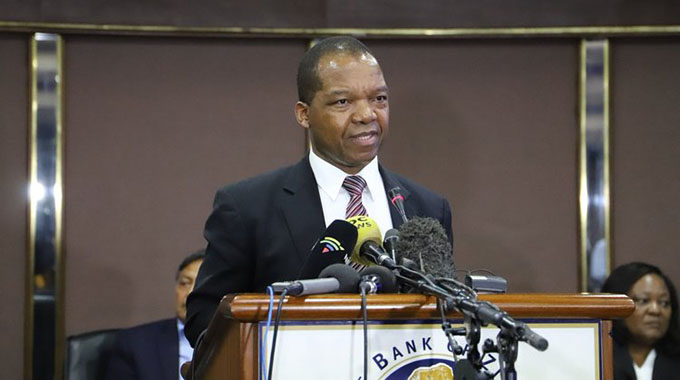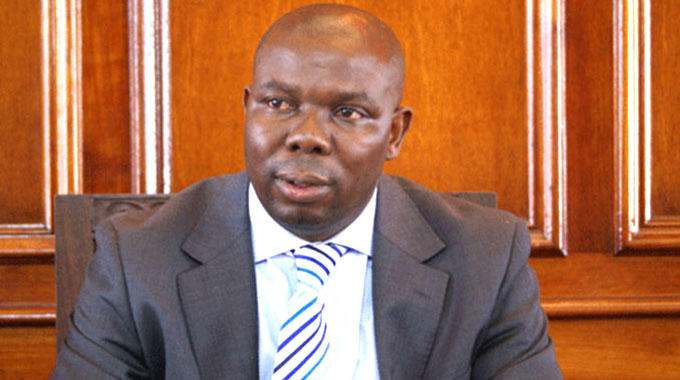Reserve money growth in check: RBZ

Business Reporter
THE Reserve Bank of Zimbabwe (RBZ) says reserve money growth was well within the monetary policy committee (MPC)’s target of 15 percent in the first quarter of this year, consistent with an average monthly inflation rise of 5 percent.
In the outlook period, the bank said it will continue to keep the growth levels of reserve money within thresholds consistent with the monetary targeting framework, designed to fight inflation and exchange rate pressures.
The central bank said in its latest update that reserve money was $13,39 billion as at the 4th of June 2020, representing a decline of $437,66 million, from $13,82 billion recorded in the week ending 29th of May 2020.
The decrease in reserve money over the week was reflected in declines of $435,60 million and $65,78 million in RTGS balances and other deposits, respectively.
“Partially offsetting these declines were increases of $42,25 million and $21,46 million in required reserves and currency in circulation, respectively,” the bank said in recent statement on the reserve money situation.
There are different forms of money supply — reserve money, narrow money, broad money etc. But the most important indicator of all these is reserve money. It is also called as high powered money, base money and central bank money.
All these names suggest that reserve money represents the base level for money supply or it is the high powered component of money supply. Other forms of money like broad money depend upon the volume of reserve money.
Since it is mostly currency in circulation with the people, reserve money decides the level of liquidity and price level in the economy.
Management of reserve money is thus very important to manage liquidity and price level (inflation).
The bank said draw downs and on-lending activities under the Mid-Term Bank Accommodation (MBA) window were within an aggregate the bank’s MPC’s approved amount of $2,5 billion between March and May 2020.
The MBA is meant to augment banks’ credit to the productive sectors of the economy to re-boot production so that the economy becomes self-sufficient, particularly in the wake of the Covid-19 pandemic.
Government deposits at the bank declined to $2,85 billion as at week ending 4th June 2020, from its peak of $3,37 billion in February 2020.
This reflects increased expenditures, which partly increases market liquidity.
The central bank said the increase in currency issued, which was in response to the demand for currency by the transacting public, was offset by a decline in the banks’ RTGS balances.
Depreciation in the exchange rate of the Zimbabwe dollar earlier this month, the RBZ said, was largely a result of behavioural and other non-monetary factors such as negative perceptions, adverse expectations, speculative tendencies of economic agents and tracking of the Old Mutual Implied exchange rate.
“The depreciation was divorced from economic fundamentals, as it occurred immediately after the opening of the tobacco selling season, which is traditionally associated with stability and appreciation of the local currency,” RBZ said.
In addition, the bank said, the introduction of the $10 and $20 notes last month and earlier this month did not represent increase in money supply but a substitution effect — from electronic dollars to physical notes.











Comments